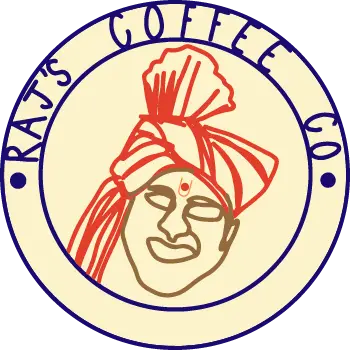It’s a well-known fact that the water temperature used to brew your coffee can have a direct impact on its flavor. People are perfectly happy to accept this, though few actually know the specifics of the process, let alone what temperatures to use. In this article, we’re going to give you a brief rundown of the science behind the temperature of a brew, as well as the temperatures for different brewing styles.
How temperature can affect coffee
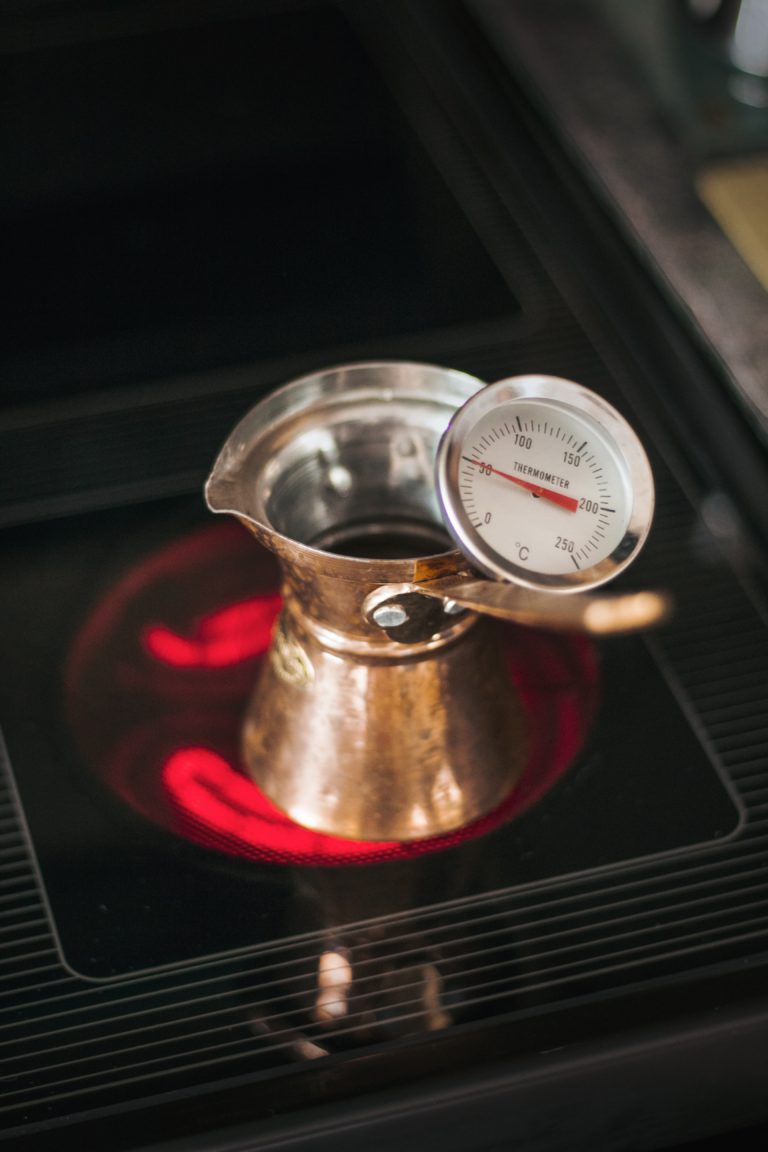
Therefore, if you add exceptionally hot water to coffee, the resulting cup will likely taste a little over-extracted – very harsh and intense, rather than having the notes you would expect a great cup of coffee to have. On the flip side, if you brew coffee with cooler water, the cup will end up being under-extracted, and tasting as such – watery, and perhaps a little tea-like. This is why higher-end home espresso machines like the Breville Barista Pro allow you to adjust water temperature.
French Press
The French press is a brewing method that relies on the extraction of flavor through the immersion of grounds in liquid. Therefore, the liquid is doing a lot of the heavy lifting (chemically speaking) in dissolving the flavor and color compounds into the water.
According to the Specialty Coffee Association, French press coffee should be brewed somewhere around 93.5˚C – just under the boiling point of water. This high temperature will rapidly dissolve flavor compounds, leading to a developed cup without you having to agitate the brew very much.
As with all coffee, but especially true with the French press, you will also want to pay attention to grind size and steep time. Generally speaking, the smaller the grind size, the greater the extraction. Further, the longer you steep a French press, the more extraction you’ll get.
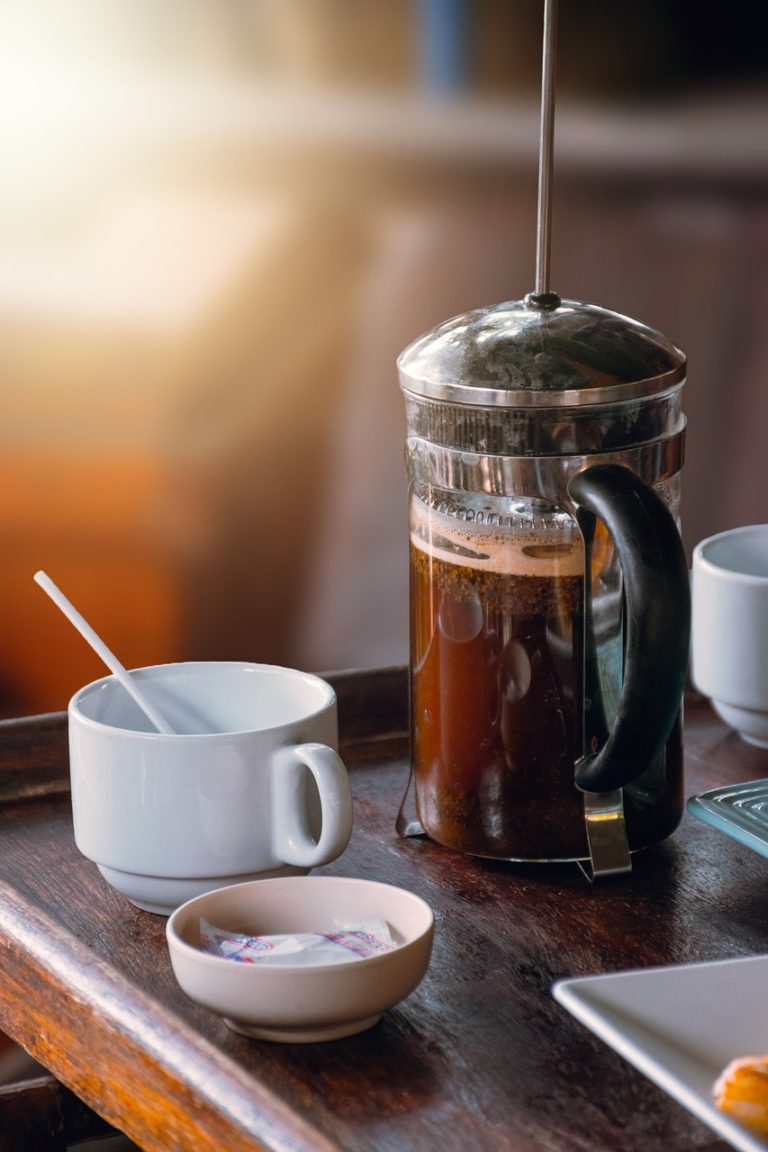
Aeropress
The Aeropress is quite a different story to the french press. While both involve the pressing of a plunger, only the Aeropress uses the physics of the plunging motion to extract more flavor from the coffee.
The french press’s filter is just that – a filter. It is pressed down to separate the coffee from the grounds and doesn’t impact the final flavor of the coffee that much. The Aeropress, though, must be pressed down firmly, which generates pressure within the sealed environment of the tube within which you’re making coffee.
This increased pressure increases the overall extraction of flavor, meaning that you don’t need the water to be as hot. Instead, the rough benchmark for temperature is around 80˚C – quite a lot cooler than other brewing methods.
The general consensus is that a french press should be brewed somewhere around 94˚C – just under the boiling point of water. This high temperature will rapidly dissolve flavor compounds, leading to a developed cup without you having to agitate the brew very much.
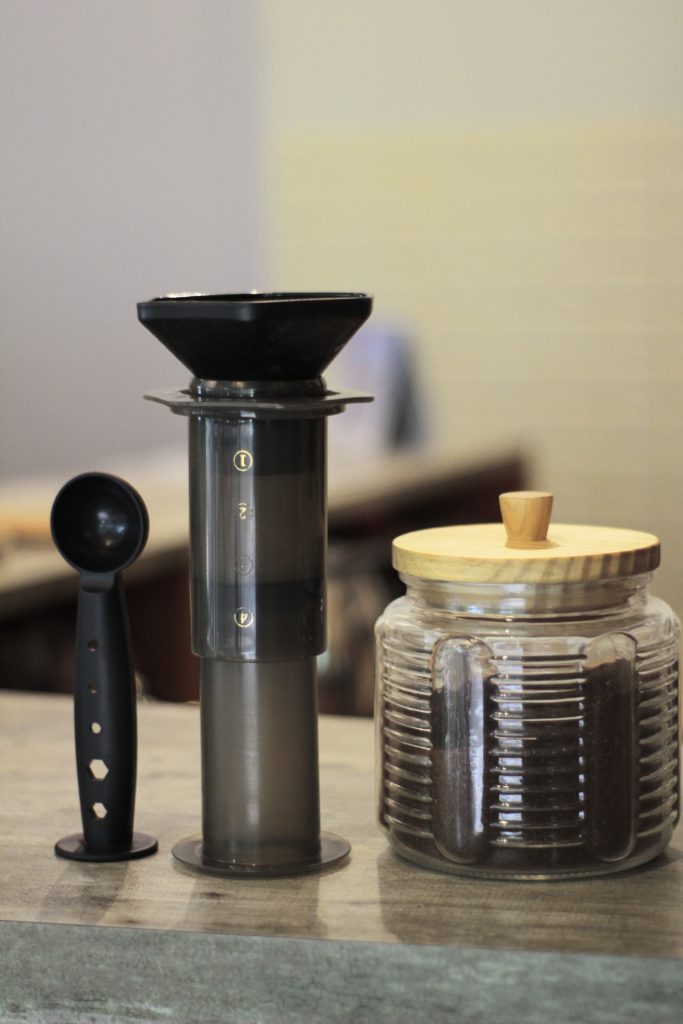
Moka Pot
The Moka pot uses the highest temperature of all of the brewing methods listed here, due to the physics of how the pot works. The brewing process begins as water literally boils, and steam is forced up the base from the original coffee pot. Therefore, the brewing temperature can be as high as 100˚C – the boiling point of water.
Of course, there is a little deviation in that number, depending upon what your elevation is while you brew. This doesn’t change too much about the brewing process itself, though.
The reason that the brewing temperature can be so high, along with the high pressure of steam in the semi-sealed container, is that the brewing process doesn’t last very long. Typically, brewing coffee with a Moka pot takes minutes, at most, with the actual brewing process itself taking as little as thirty seconds. This heightened extraction, during a very short period of time, leads to a final cup that is very well extracted.
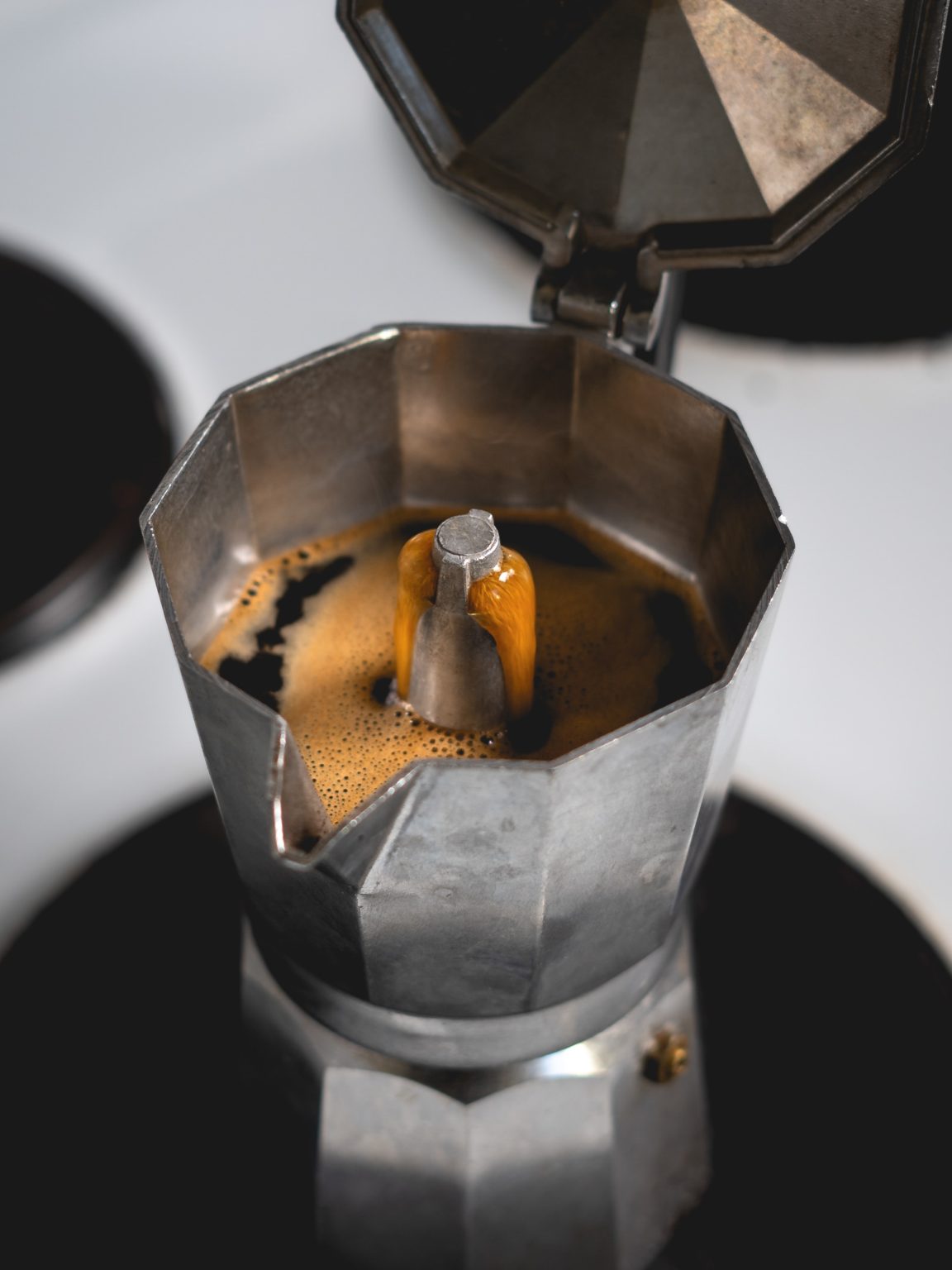
Pourover
Pourover matches up with the french press as one of the sensible mediums, in terms of temperatures to brew coffee. Generally, people use water that is around 95˚C – on the slightly warmer end of the 90-96˚C that people consider being a good range for coffee brewing.
The reason that this heightened temperature is used, as with the French press, is that no pressure or other extraction technique is being applied to the coffee mixture itself. Therefore, a heightened temperature is needed to ensure that the coffee is well-balanced, and extracted as much as possible.
The only other force that acts upon the extraction of the coffee is time. A pourover brew generally lasts for several minutes, both to allow time for the liquid to filter through the paper or metal filter, and also to allow enough time for the water to extract flavor compounds. Therefore, time and temperature work together to allow for the final cup of coffee to be distinctly and intensively flavored.

Espresso Machines
Espresso machines are a whole different kettle of fish from other brewing methods. They thrive on the generation of extremely high pressure, often up to nine bars of pressure in total, sometimes up to fifteen! They do this through the construction of the brewing chamber being made with a coffee base that has been firmly tamped to ensure that it’s fairly sealed. As the pump continues to supply water to the chamber, the pressure within the chamber increases.
This high pressure does most of the extraction in the process of making espresso, so the temperature of the water is less important. In fact, it’s somewhat of a side effect – to get water to high pressure, it must be heated. The heat itself is unimportant for the brew.
With that said, espresso machines brew anywhere between 90 and 96˚C – the range in which all coffee is generally brewed at. This relatively average temperature, combined with the extremely high pressure, leads to a brew that is strong and powerful – precisely what you want from an espresso.
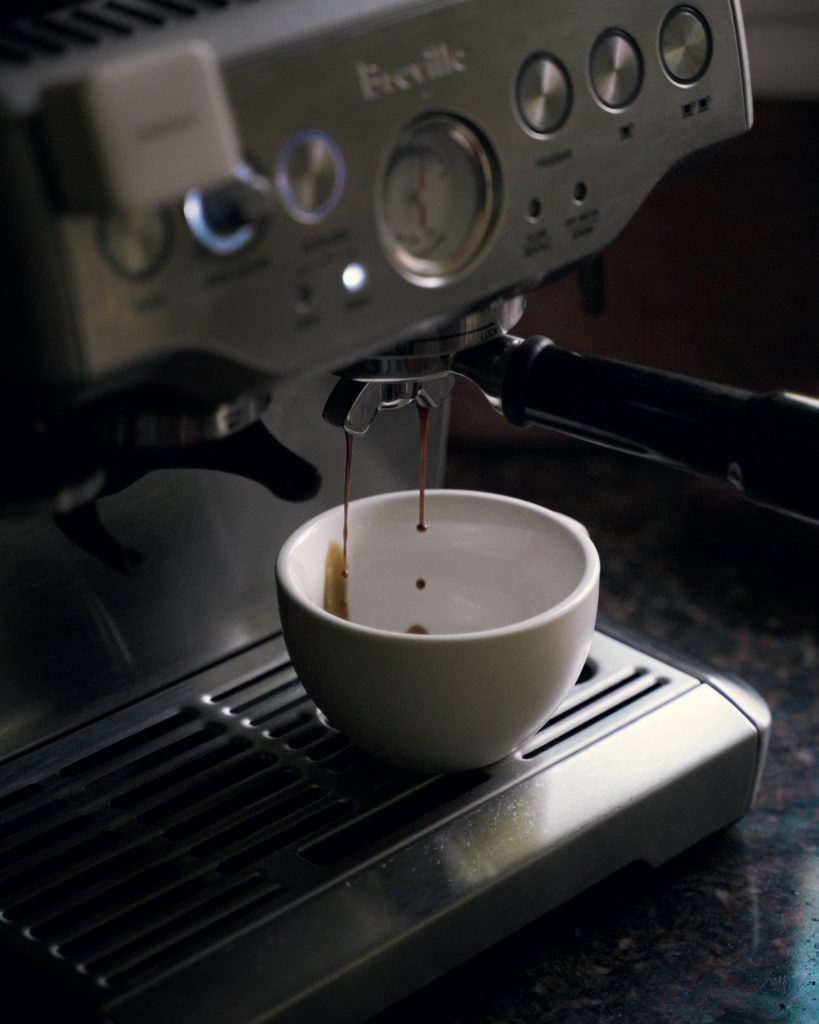
Conclusion
We hope that this short article has helped you understand a little more about the process of selecting temperatures for different brewing methods. Happy brewing!
